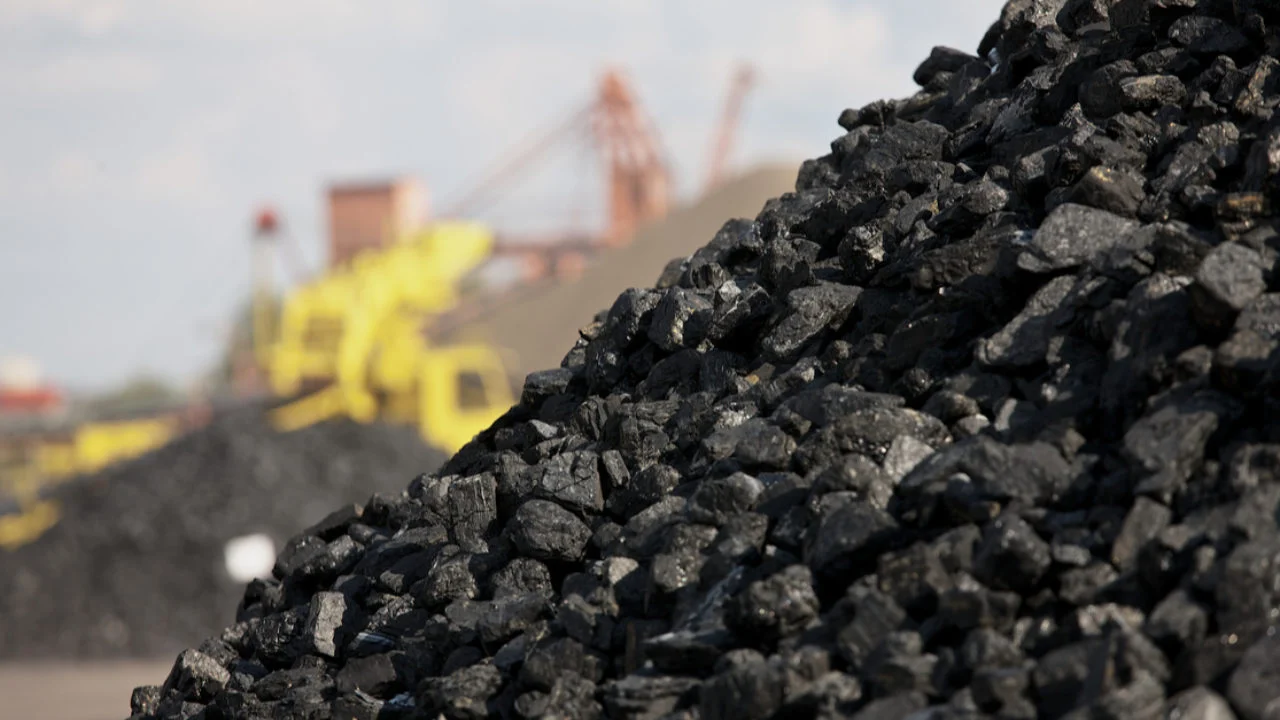Coal
INDIA'S COAL IMPORTS ARE AT THE HIGHEST LEVEL, PRODUCTION JUMPS 7%.
Irene Jerry

India emerged as the world's largest buyer of seaborne coal two years ago, surpassing China and Japan, driven by heightened steel demand. Despite a slight decline in imports in 2022 and 2023, projections suggest a rise to 100 million metric tons by 2030. Coal India, the nation's largest coal company, saw a 7.3% year-on-year production increase in April 2024. Russia's share of India's total coal imports has grown, displacing Australia, the primary supplier, due to Moscow's lower import prices.
India's efforts to bolster its developing economy have led to increased capital spending, notably in infrastructure, a key driver of steel demand. The steel industry is expanding its production capacity to meet this demand, expected to grow by 11% starting in FY25-2024. India aims to enhance its steel production capacity by 71% to 300 million tonnes per year by 2030. The infrastructure sector, particularly construction, is anticipated to fuel steel demand by 35% to 40%, according to S&P Global Commodity Insights. Despite endeavors to boost domestic production, India still depends on seaborne coal due to its expanding steel production capacity.
India's position as the foremost buyer of seaborne coal has profound implications for the global market, influencing dynamics, trade flows, and pricing in the coming decade. An official at India's Ministry of Steel emphasized the importance of integrating enhanced coal supply strategies, despite efforts to bolster domestic production, stating that "the global coal market is essential to our industrial strategy.
" India's coal production has also surged, with Coal India reporting a 7.3% year-on-year increase in April. Although failing to meet its annual production target, the company's coal sales rose by 3.2% year-on-year. Russia's share of India's coal imports has tripled over the past three years, reaching 21% in the 2023-2024 fiscal year, supported by lower prices. However, in the long term, imports from Russia are expected to decline due to export taxes and increased logistical costs.
